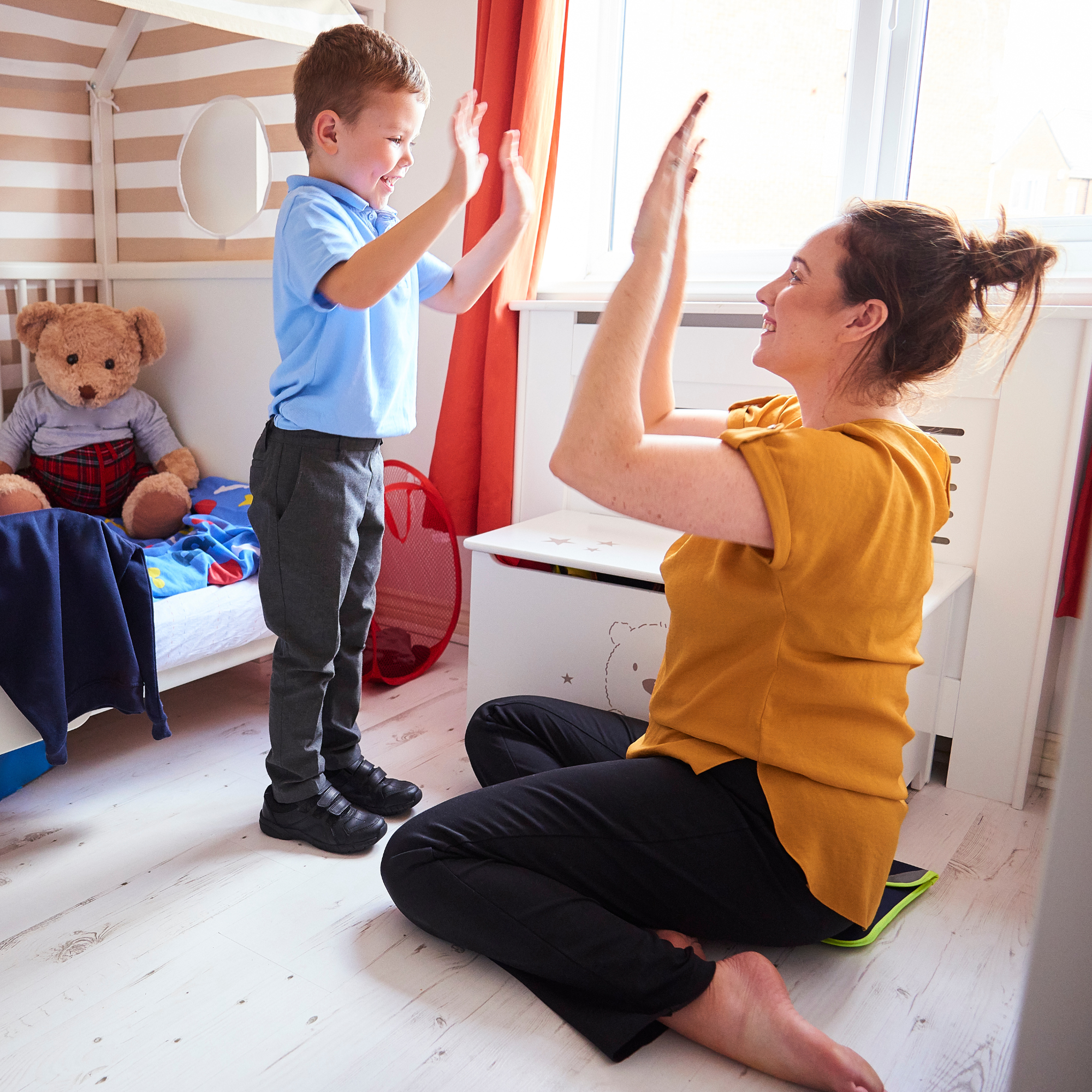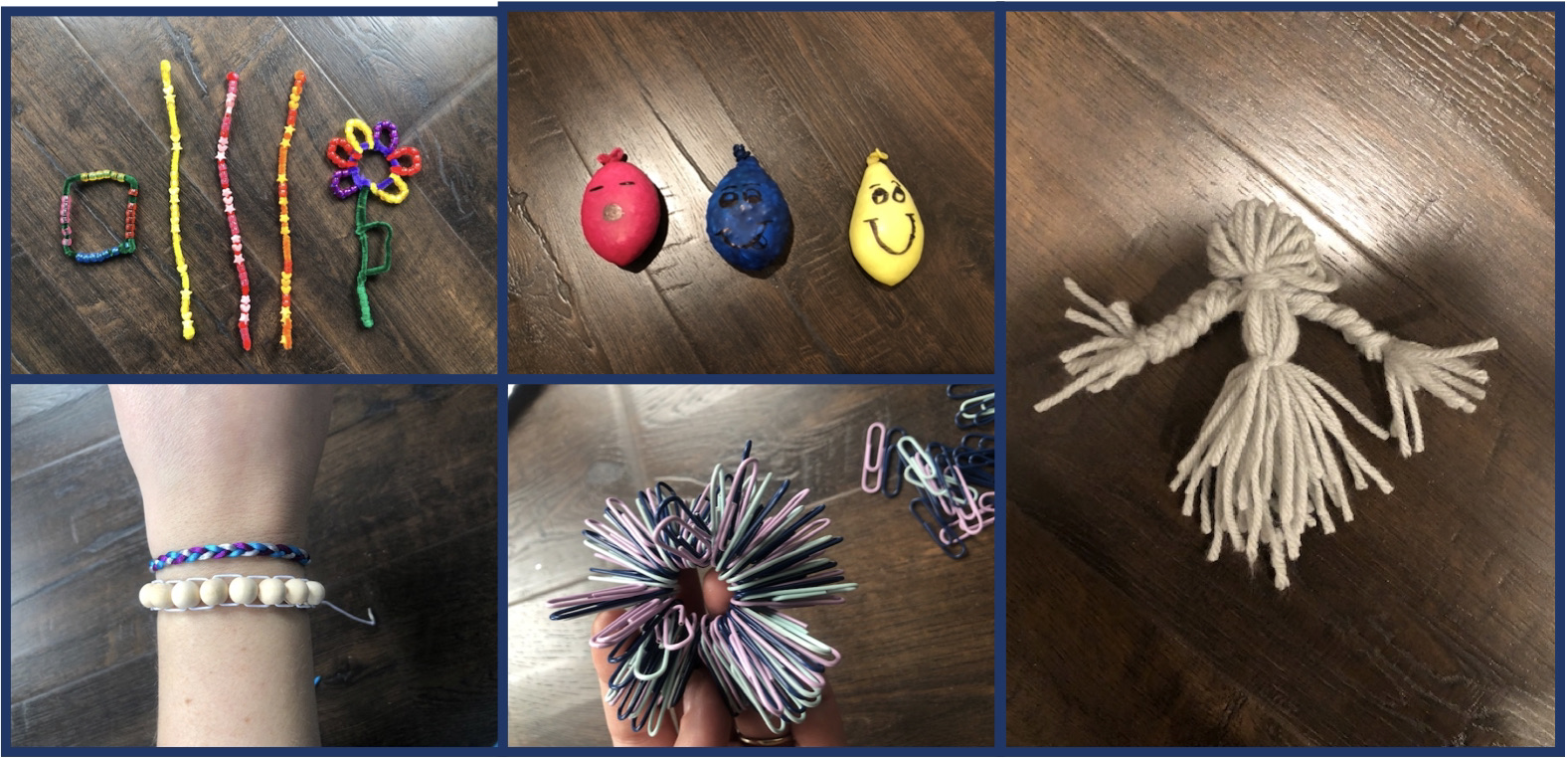Do these thoughts ever cross your mind: Why won’t my kids listen? Why do I constantly have to yell at my kids? Why are my kids so bad? If so, you’re not alone. Parenting can be tough, but one incredibly effective tool can help you transform your child’s behavior: behavior-specific praise.
What Is Behavior-Specific Praise?
Behavior-specific praise is exactly what it sounds like. When your child does something good, acknowledge it by praising them and being specific about what you liked. For example:
- Instead of saying, “Good job,” say, “Great cleaning up your toys!”
- Instead of “Nice work,” say, “Awesome washing your hands!”
- Instead of a generic “Well done,” say, “I love how you’re sitting on the couch!”
The key is to emphasize the behavior you want to see more of. Praise even the small stuff, because those little moments add up and reinforce positive behaviors.
Focus on What You Want to See
One important mindset shift is to think about what you want your child to do instead of what you wish they wouldn’t do. For example:
- If your child is jumping on the couch, think about how you’d like them to sit nicely. Praise them for nice sitting whenever and wherever they are doing it, even if it’s not on the couch.
- If they usually throw blocks but are playing with their trains appropriately, praise them for nice playing, even if they don’t typically throw trains. Reinforcing the behavior you want makes it more likely to happen in the future.
Make Praise Positive and Enthusiastic
When praising your child, focus on what they’re doing right rather than reminding them of what you don’t want. For instance:
- Say, “You’re playing so nicely with your toys!,” instead of, “Nice job not throwing your toys.”
Also, consider the intensity of your praise. Is your reaction to their positive behavior as enthusiastic as your reaction to their negative behavior? Kids crave attention, even if it’s for the wrong reasons. If they see you getting loud or emotional when they misbehave, they might view that as a reward.
To counteract this, save your loudest, most excited reactions for good behavior. For example:
- Instead of yelling, “Stop climbing on the furniture!” in a loud voice, try to intervene calmly and save your enthusiastic energy for when they are doing something positive, like coloring quietly or sharing with a sibling.
Why Behavior-Specific Praise Works
As the saying goes, “A kid will take a soggy potato chip over no potato chip.” If your child primarily gets attention for bad behavior, they’ll continue to act out to get that attention. However, when they learn that good behavior earns them more praise and attention, they’re more likely to repeat those actions.
Behavior-specific praise shifts the focus and teaches your child that positive actions get a better reaction. Over time, they’ll naturally gravitate toward the behaviors you want to see.
Start Small and Stay Consistent
Behavior-specific praise might feel unnatural at first, but like any skill, it gets easier with practice. Start by praising your child for small, positive behaviors and gradually build from there. Remember, the more you can praise, the better!
By shifting your focus from correcting bad behavior to celebrating good behavior, you’ll create a more positive and manageable dynamic in your home. No yelling required.
To effectively address your child’s troubling behavior, explore our Purposeful Parenting workshop here. You’ll find valuable strategies and insights to help you navigate these challenges with confidence.













